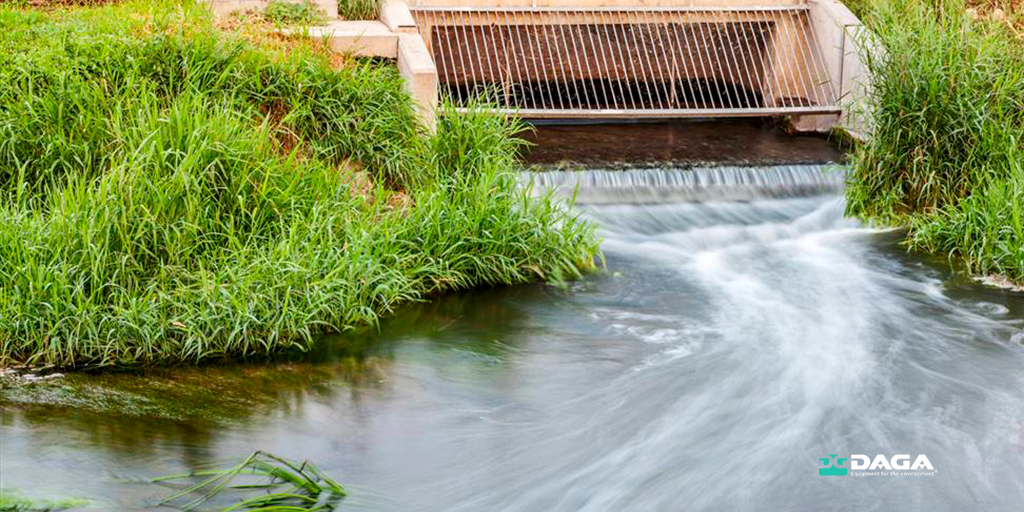
What if the trend of the evolution of the COVID-19 pandemic could be foreseen through wastewater? This question is not only not thrown at random, but it already has an answer thanks to a study in which scientists from the Higher Council for Scientific Research (CSIC) have participated.
This research, the results of which are collected in the journal Science of the Total Environment, has been able to conclude that the genes of microorganisms found in wastewater can serve as an early indicator of outbreaks of the SARS-CoV-2 virus.
This research, the results of which are collected in the journal Science of the Total Environment, has been able to conclude that the genes of microorganisms found in wastewater can serve as an early indicator of outbreaks of the SARS-CoV-2 virus.
Study based on microorganisms
To associate wastewater and these microorganisms found with the prevalence of COVID-19, the research - in which the University of Washington (United States), the Ministry of Science, Technology, Knowledge, and Innovation of Chile and the Ministry of Salud de Chile - focused on evaluating changes in these in a given community.
Thus, the samples were taken in wastewater from three different sources, located in the same city in southern Chile, between May and August 2020. The chosen locations were a penitentiary center, a nursing home, and a health center with quarantined patients.
All of this was made possible by nanopore-based genetic sequencing technology, through which scientists were able to analyze a series of gastrointestinal microbiome profiles.
And it is that, although the main effect of the coronavirus is manifested in the respiratory tract, the subsequent analysis indicates that 15% of COVID patients presented gastrointestinal symptoms.
Thus, the samples were taken in wastewater from three different sources, located in the same city in southern Chile, between May and August 2020. The chosen locations were a penitentiary center, a nursing home, and a health center with quarantined patients.
All of this was made possible by nanopore-based genetic sequencing technology, through which scientists were able to analyze a series of gastrointestinal microbiome profiles.
And it is that, although the main effect of the coronavirus is manifested in the respiratory tract, the subsequent analysis indicates that 15% of COVID patients presented gastrointestinal symptoms.
Wastewater, source of "prediction"
According to the CSIC researcher Antonio Figueras, one of the authors of the work, the results "provide evidence that the microbiome of wastewater associated with gastrointestinal disorders seems to precede the detection of the virus in these waters."
In fact, the study made it possible to distinguish that the microbiome from the health center was strongly associated with enteric bacteria (those that populate the intestines), already detected in patients with chronic disease and physiological disorders, risk factors for COVID-19. In parallel, the results in the other two scenarios, both in the prison and in the residence, were negative, except for the fourth week.
Despite the valuable information provided, the truth is that the research does not fully reflect how risk factors for Covid-19 are involved in the alterations that occur in patients' microorganisms and, therefore, in the microbiome of wastewater associated with the detection of SARS-CoV-2.
However, in recent months, several studies of this nature have been carried out that have shed light on how tracking the different sources of wastewater can provide an advantage when facing the current pandemic and other possible future crises.
In fact, the study made it possible to distinguish that the microbiome from the health center was strongly associated with enteric bacteria (those that populate the intestines), already detected in patients with chronic disease and physiological disorders, risk factors for COVID-19. In parallel, the results in the other two scenarios, both in the prison and in the residence, were negative, except for the fourth week.
Despite the valuable information provided, the truth is that the research does not fully reflect how risk factors for Covid-19 are involved in the alterations that occur in patients' microorganisms and, therefore, in the microbiome of wastewater associated with the detection of SARS-CoV-2.
However, in recent months, several studies of this nature have been carried out that have shed light on how tracking the different sources of wastewater can provide an advantage when facing the current pandemic and other possible future crises.
DAGA and innovation
At DAGA we accumulate decades of experience in the development of equipment for wastewater treatment (WWTP).
Studies such as those collected in this article support our commitment to innovation to continue consolidating our “Smart Water Management” solutions around the planet.
Access our blog and discover other news and information on topics related to the sector such as water quality, the reuse of resources, purification, or the effects of climate change on the management of water resources.
Studies such as those collected in this article support our commitment to innovation to continue consolidating our “Smart Water Management” solutions around the planet.
Access our blog and discover other news and information on topics related to the sector such as water quality, the reuse of resources, purification, or the effects of climate change on the management of water resources.


